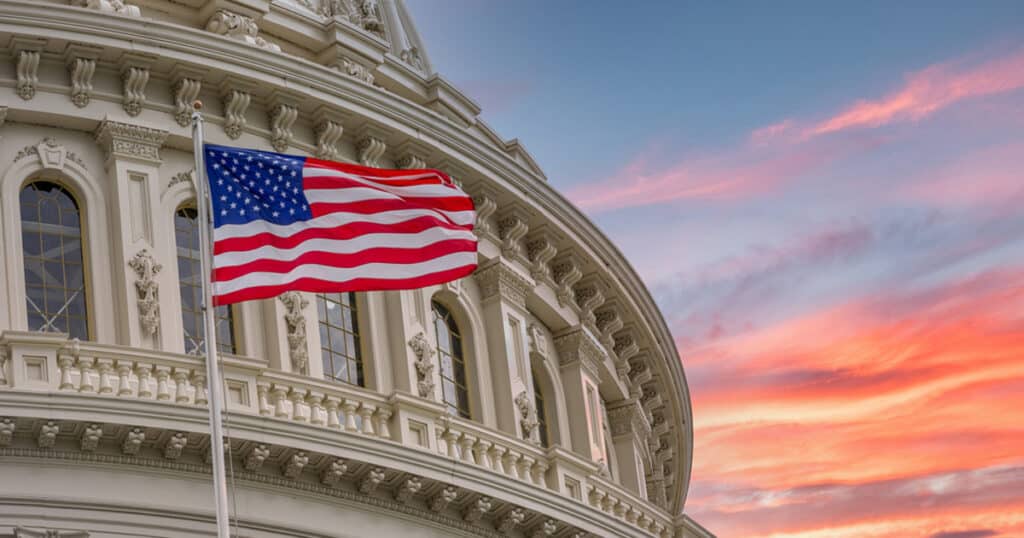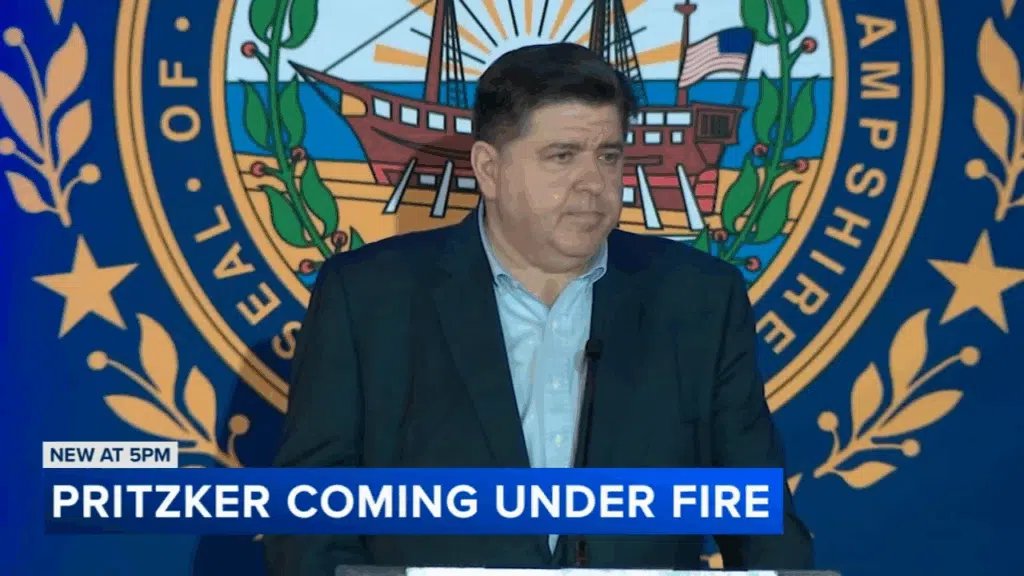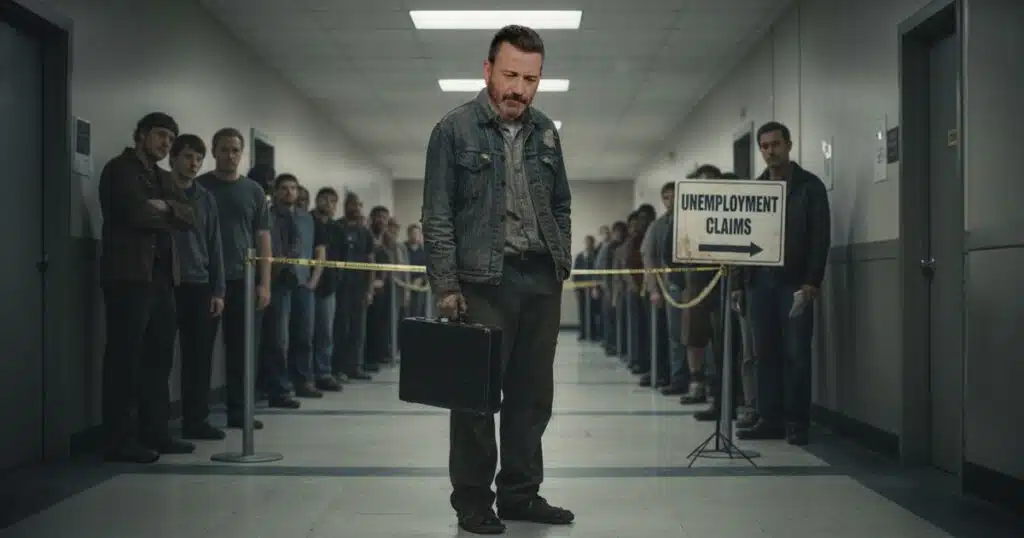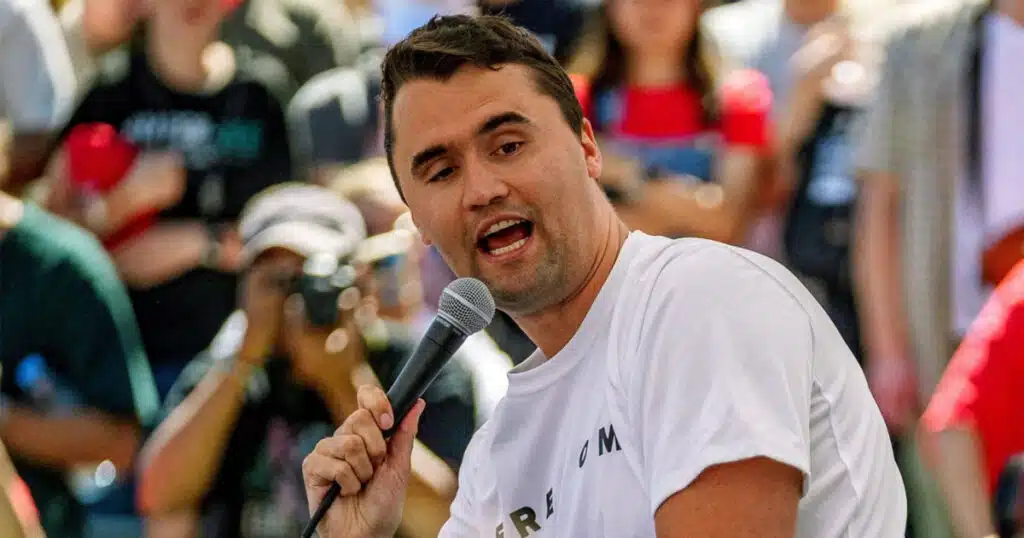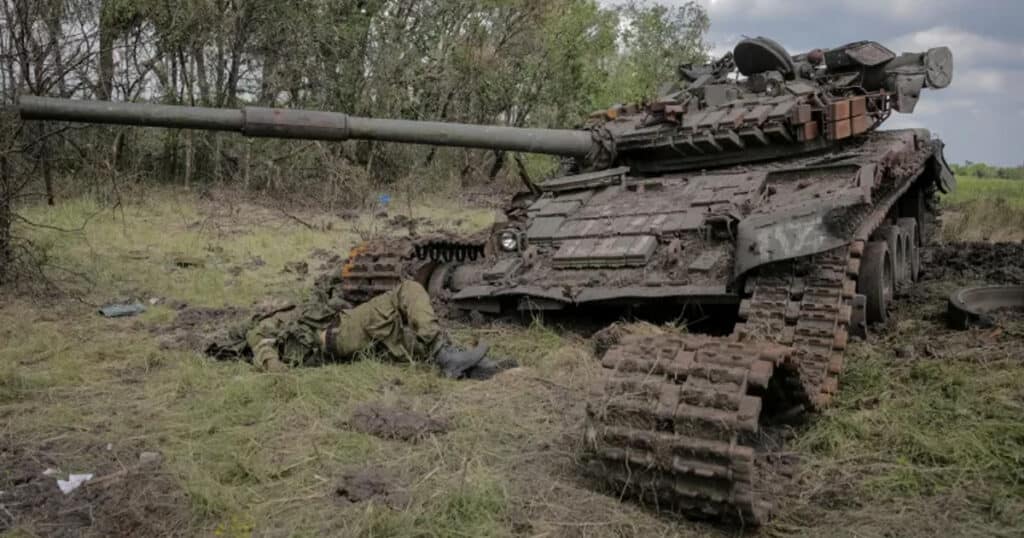
Piecing Together a Postwar Peace
As Russia’s war against Ukraine bleeds into its second summer, exactly when and how the war might end remains unclear. Even as Ukraine plows ahead with its long-anticipated counteroffensive, we should brace for more twists and turns, surprises and setbacks. But owing to the fact that Vladimir Putin has failed in his main objectives—removing Ukraine’s democratically elected government, demilitarizing Ukraine, turning Ukraine into a Russian puppet state, brandishing Russian military might to rebuild the Russian Empire—the trajectory and ultimate outcome of the war are coming into focus: Ukraine will emerge a battle-hardened, sovereign, independent, Western-oriented state—stronger and more unified than it was before February 24, 2022—and Russia will emerge weaker than it was before Putin unleashed his three-day “special military operation.” This trajectory could lead to several different kinds of “peace.”
Perfect Peace
Let’s start with the least likely peace: all of Ukraine liberated and restored, Putin ousted and replaced by a Russian Havel, a democratic Ukraine welcomed into NATO, a reformed Russia turning toward Europe.
That’s all possible but not probable. Russia’s sheer mass gives it advantages that may make it difficult for Ukraine—even with its motivated army of clever and tenacious warriors—to claw back every inch of its pre-2014 territory. Russia’s political environment raises questions about reform and liberalization. And some NATO members view their decision to keep Ukraine out of NATO in 2008 as a bullet dodged, though this view inside NATO is starting to shift (more on that below).
A Just Peace
Dictators don’t always survive failed wars and military adventures.
Lenin’s revolutionaries executed Czar Nicholas II after the Great War broke the Russian Empire. Italians strung up Mussolini after years of criminal war. Hitler died in a bunker as his enemies closed in. Many of Imperial Japan’s military madmen met a similar fate. The Soviets removed Khrushchev not long after his Cuba gamble nearly triggered World War III. Argentines prosecuted members of the military government that launched the Falklands disaster. The Serbs delivered Milosevic to a war-crimes tribunal after he turned the Balkans into a graveyard. Iraqis put Saddam on trial and then executed him after his decades of war. Libyan rebels killed Qaddafi.
If justice is to be done, Putin and his henchmen should end up at The Hague or in the gallows. While the conventional wisdom is that war criminals generally escape the long arm of justice, the Atlantic Council details how postwar justice might be more likely than we think. Of 18 heads of state/military commanders wanted by international justice prior to Putin, “15 have faced justice of some kind before a judicial tribunal…Two others of the 18 faced rough justice and were killed or committed suicide.”
Of these possibilities, it seems more likely that Putin would end up in the ground or in exile than in prison.
Dangerous Peace
Although Russia has demographic advantages—and still has the trump card of nuclear escalation—it is possible that Ukraine’s current offensive could break through Russian lines, retake key coastal cities, range Crimea with missilery and artillery, and make Crimea untenable for Russian occupiers. If that happens, not only Putin’s regime but Russia itself could unravel.
We already see glimpses of what such “catastrophic success” for Ukraine might do to Russia—the metastasizing guerilla attacks and sabotage operations inside Russia, reports of Wagner mercenaries and Russian regulars exchanging fire, full-blown cross-border rebel offensives, even rebel occupation in the Belgorod region.
This is what can happen when a dictator sows the wind. The coming whirlwind could be much worse for Russia. The Russian Federation comprises nearly 200 ethnic groups and enfolds more than 80 autonomous regions and districts—Chechnya, which fought unsuccessful wars for independence against Moscow in the 1830s and 1990s; the “Ural Republic,” which sought independence in 1993; Tatarstan, Karelia and the “Siberian Confederation,” each of which declared some form of sovereignty in the early 1990s; Bashkortostan, which claims political autonomy; the St. Petersburg district, where members of the city council have called on the Russian legislature “to indict the Russian president for treason and remove him.”
In addition, there are now anti-Putin rebel forces (Free Russia Legion); well-armed mercenary groups (Wagner); corporate militaries (see here and here); regional militaries (see Bashkortostan); and veterans of this very war (see here and here)—all with scores to settle and deep reservoirs of anger. Wagner’s leadership, for instance, claims the Russian Defense Ministry is engaged in “an attempt to destroy Wagner.” The Free Russia Legion vows, “Russia will be free!”
Although Putin’s demise—and Russia’s defeat—would be welcome news, chaos in Russia would not. Russia’s fragmentation into ethnic shards would create countless new national security concerns for America: Russia fields more nuclear weapons than any other nation, and Russia borders regions of vital importance to America’s security and prosperity—the Euro-Atlantic, Indo-Pacific and Arctic.
Cold War Peace
Again, short of the emergence of another Yeltsin or a Russian Havel, Ukraine (and NATO) will have to deal with a badly weakened, battered and bitter postwar Russia. Whether it’s a wounded, weakened Putin or someone from Putin’s circle of kleptocrats, generals and spies, we should expect postwar Moscow to use any armistice to retool for round three, which means Ukraine (and NATO) will need to deploy the assets necessary to deter another war. The historical parallel here would be a Cold War-style “peace” like the one NATO guaranteed in Europe—or the one that still divides the Korean Peninsula.
Kiev, by necessity, will need to turn Ukraine into a fortress—always ready for and guarding against another attempt by Moscow to finish what Putin started. The good news amidst this troubling truth is twofold.
First, Ukraine is more united today than it was on February 24, 2022. That unity will make it harder for Russia to launch effective disinformation operations inside postwar Ukraine, conduct hybrid-warfare tactics inside postwar Ukraine, install or buy off pro-Russian politicians inside postwar Ukraine, and/or foment separatist movements inside postwar Ukraine. It’s been said that the state makes war and war makes the state. If Ukraine wasn’t a nation-state before 2022, it is today. Having led Ukraine in what will be remembered as a war for independence and a war for national survival, Volodymyr Zelensky is something akin to a Ukrainian Winston Churchill/David Ben-Gurion/George Washington.
Second, Ukraine will have many benefactors to help defend its postwar borders. The systems, relationships, programs, and procedures developed between NATO and Ukraine over the past 16 months will only deepen and widen as the allies build up Fortress Ukraine.
A Mirage of Peace
A somewhat related but grimmer template for “peace” on Ukraine’s borders comes from the Middle East.
Like Israel after the 1967 and 1973 wars, Ukraine will be butted up against a bitterly hostile foe, an embarrassed foe, a defeated foe that may not accept its defeat. Like Israel, Ukraine may be forced to fight repeatedly—or constantly—for its independence and existence. And so, like Israel, Ukraine will need to adopt a bristly self-defense posture.
The good news in this regard is that postwar Ukraine will not be as isolated as the Israel of 1967 or 1973. Postwar Ukraine will likely have EU membership and will surely plant roots in a thick thatch of security ties with the U.S., Poland, Britain, and other NATO powers.
Zelensky is already thinking in these terms, concluding that Ukraine will need to “become a big Israel.” It’s a grim, costly and sober existence. But it’s preferable to the alternative.
Real Security
Under any of these versions of “peace,” two things will hold true.
First, Ukraine will be seen in a different light than it was before the war. Like the Americans after the Revolutionary War, the Ukrainian people will have outfought, outsmarted, outmaneuvered, outlasted one of the world’s great powers. Already, they have proven themselves not just to be part of Europe and the Euro-Atlantic Community and the West—but as defenders of Europe and the Euro-Atlantic Community and the West. As Zelensky said to NATO’s leaders last year: “We are deterring Russia from destroying us and from destroying you.”
Second, Ukraine will enjoy a special relationship with NATO—something alliance leaders will explore next month during their summit in Vilnius. “Hasn’t Ukraine paid enough yet?” Zelensky has asked, almost shaming his NATO counterparts. “Is our contribution to the defense of Europe and the whole civilization still insufficient? What else is needed?”
Growing numbers of NATO members seem ready to answer that question. They recognize that Ukraine has earned a seat inside NATO once the war is over—the seat NATO promised in 2008. However, since NATO operates on consensus, every member will have to agree to Ukraine’s entry. That may be easier said than done for NATO’s Ukraine caucus.
Typically, Paris leads NATO’s headache caucus (as it did in 1966, 2003 and 2008): “I’m not sure we will have a consensus…for full-fledged membership,” French President Emmanuel Macron recently shrugged.
Yet no matter what status Ukraine is ultimately granted, NATO and Ukraine will be closely bonded. There are indications that, with or without NATO membership for Ukraine, individual NATO members will deploy troops to postwar Ukraine. NATO’s hawkish eastern flank is calling for a “robust, multi-year and comprehensive support package for Ukraine.” NATO Secretary General Jens Stoltenberg says the alliance is planning “to guarantee Ukraine’s security in the future—and break Russia’s cycle of aggression.” Even Macron wants NATO to provide Ukraine “concrete and tangible security guarantees.”
These consolation-prize options are better than nothing. But what was true during Cold War I for Hungary and Czechoslovakia, what was true in the post-Cold War years for Georgia and Ukraine, remains true in these early chapters of Cold War 2.0: There is no real security for European nations outside NATO’s protective shield. NATO’s leaders need to keep this in mind as they gather in Vilnius.
Alan W. Dowd is a senior fellow with the Sagamore Institute, where he leads the Center for America’s Purpose.
This article was originally published by RealClearDefense and made available via RealClearWire.
